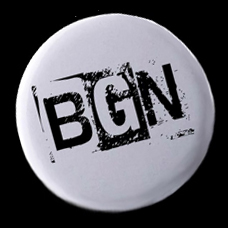|
|
Not by Punk Alone Matisse in the Studio MFA Through July 17
The MFA made it clear that the museum hadn’t forgotten the importance of the of modernism in its applauded reorganization of its holdings in the Making Modern gallery celebrating the work of Georgia O’Keeffe and Frida Kahlo, Picasso, Max Beckmann, Pollock and Bostonian Karl Zerbe. They drive the point home with this related deep dive into the work of Henri Matisse.
Matisse was born in 1869 and died in 1949. His lifetime included the modern art touchstones impressionism, the movement he is most associated with - Fauvism, Cubism, Surrealism and Abstract Expressionism. Although Matisse’s art avoids politics in favor of the individual, color in favor of darkness, and accessibility over the obscure and abstruse, he was extremely influential and a key figure in 20th century art.
The thematic thread of the exhibit is the rather day-to-day objects Matisse collected and used repeatedly in his artwork. This was emphasized in the juxtaposition of objects form his collection and the paintings in which they appeared. A simple vase, a small marquetry table, a ottoman corner chair, Haitian window hangings and particularly african masks and sculpture.
The placement of objects with paintings move the viewer through Matisse’s times and places. They serve a significant secondary function in that they outline the artist’s key conceptual contributions to what we think of a modern art. His output was not blatantly radical but it was extremely influential. His early ideas on form pushed a generally friendly rivalry with Picasso. His use of blocks of color - bright colors and simplified paper cut out forms and overlays - gave pop art its framework.
Matisse (cultural imperialism noted) recognized the artistic implications in the angular, essential elements of face and form in African masks and sculpture. He also felt the energy they created. This abstraction created a flirtation with cubism early in his career which he rejected in favor of color and object placement. Moving through the rooms, it is clear he never lost his affection for a populist interpretation of stylized, slightly abstracted form.
Matisse also had interesting ideas on the placement of objects in paintings. He took an almost anthropomorphic view of their role. He considered the elements in a painting to be in a conversation that drove the energy of the whole. Specific objects would be staged again and again.
Matisse adapted to the physical challenges of his later years by expanding a technique he called “drawing with scissors”. These are the works that most casual fans are familiar with. He transferred his lifelong affection for bold color and basic, stylized shapes to large and small cut paper shapes applied with light paste. The final display wall includes a stunning set of orange vestments with bright yellow adornments. It’s a fantastic hang, challenging but accessible, well organized, and rife with ideas and images that continue to resonate.
|
links | contact us

